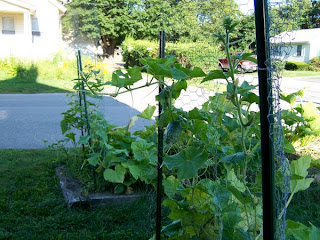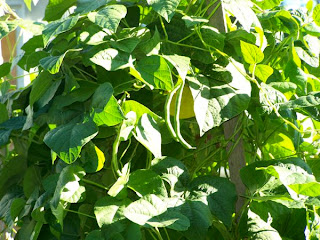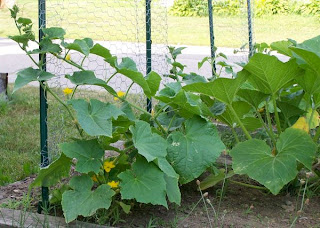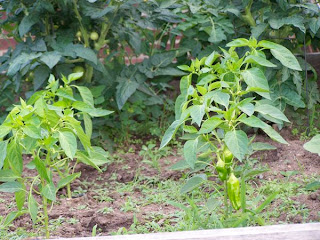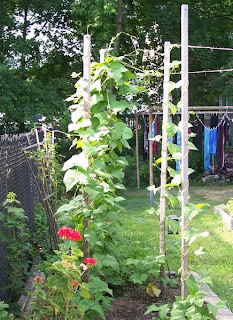All cooking really begins with one of two things: gathering in the bounty of nature through foraging or hunting, or working to raise animals and plants for food. While prehistory was likely based primarily on the former, history began when we took to the garden and the pasture to tie our lives to the life cycles of the plants and animals we had domesticated.
Genesis records the oldest profession as being that of gardener. This is a profound truth which is not just a religious doctrine but the conclusion of historical research: civilization and history begin with agriculture. We could say that at its
root all culture is but a flowering of agriculture.
I've read that one of the reasons that Christianity has exploded in sub-Saharan Africa, gaining millions of converts in the 20th century, is that the Africans can see themselves in the stories of the Bible. The conflict between herder and farmer (Abel and Cain), the shepherd seeking water for his flocks (Moses' bride), the struggle to coax sufficient yield from a planting (so many parables of Jesus), are all everyday events in rural Africa, in a way that hasn't been true for Europeans and their American descendants for many decades.
Perhaps it's this disconnect between contemporary life in the city and the agricultural base for civilization that helps explain why faith is so foreign to so many; having divorced their lives from any real connection to the garden and the pasture, contemporary city folk cannot see themselves as very much rooted in the earth, which makes those aspects of our being which distinguish us from the earthly stand out less clearly.
I've always been grateful to my dad for introducing me to both gardening and gathering. We didn't hunt, but we did fish (
a lot) and I remember fondly the big garden we kept for several years. Even when we lived in Delaware, with a postage stamp for a back yard, we grew a few tomatoes. Ever since our first summer here in this house in Brockton in 1998 we've had a garden, which expands each year.

Pole beans have begun to snake their way up the 8-foot stakes I've driven into the ground. If this year is like others, the stakes will be too short.
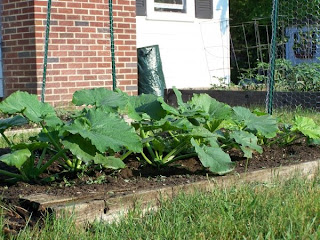
Amazingly enough, I've not had great luck with zucchini and summer squash since living here, although we were never able to eat everything we'd grow when we lived in Vermont. (The joke has it that the only time people lock their cars in Vermont is during late summer. If you leave the car unlocked, you'll come back to it to find giant zucchini filling the back seat.) But last year's harvest was pretty good, and I'm hoping that the same will be true this year. The plants are looking good so far.
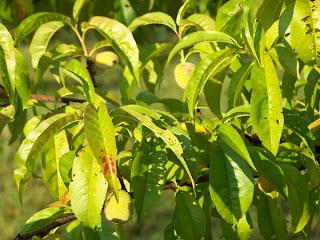
One of the things that living in such a highly mobile society makes difficult is growing food that isn't an annual. We planted a couple of apple trees in Vermont from which we never got to harvest an apple. But the peach tree we planted four years ago looks like it will produce a nice crop of peaches, if I can keep the birds away.

Similarly, this will be the first time we harvest some blueberries, which I planted three years ago.

We've been harvesting raspberries and strawberries for years (the raspberries actually showed up on their own, but I've been sure to water and manure them over the years).

And finally, our other crops are also doing well: tomatoes (above), eggplant, peppers, cucumbers, several herbs, a second planting of beans.

